
Master Robert spent his early days pulling a plough on a farm before winning the 1924 Grand National in a classic underdog tale.
The 12th Earl of Airlie, a wealthy Angus aristocrat, was co-owner of Master Robert when he won the world’s greatest steeplechase.
The horse was born and bred on the farm of Robert McKinlay in Donegal.
He used to plough the fields because there was nobody around to exercise him.
Master Robert was later sent away to be trained as a chaser.
He was deemed to be no good and passed through several owners.
He was placed in the hands of prominent Meath horse dealer Pat Rogers, who found a buyer, the honorary secretary of the Puckeridge Hunt.
Lord Airlie, a tall gentleman, who served in World War One, needed a big horse for riding in the Military Steeplechase at Perth Racecourse in September 1922.
A friend of his, Major Sidney Green, well-known in English hunting circles, knew of a horse having point-to-point success in Hertfordshire.
Lord Airlie and Major Green purchased Master Robert for £231.
The omens did not look good
Master Robert was entered in two National Hunt races in Devon in early September 1922 but struggled to make an impact.
Lord Airlie had no choice but to ride him at Perth despite his poor performances.
New York author Francis Murray is writing a book about Master Robert and has extensively researched the Cinderella story.
He said: “Had the horse not performed for Lord Airlie at Perth – the social event of the season – Master Robert’s story may have ended there.
“Lord Airlie would not have been inclined to take the financial initiative necessary to propel him to a National Hunt career.
“Simply put, Perth was a tipping point in Master Robert’s journey.”
Master Robert was 5/1 and the longest odds of the three horses which started.
He won.
Among the first to congratulate him was the Dowager Countess of Strathmore and Prince Paul of Serbia who was among a party from Glamis Castle.
Another supporter was Lady Elizabeth Bowes Lyon who became the Queen Mother.
The horse spent time at Lord Airlie’s ancestral home at Cortachy Castle near Kirriemuir before being trained by Aubrey Hastings at Barcelona Stables in Wiltshire.
Master Robert ran eight times during the 1923 season which included victory at the Cheltenham Open Military Handicap Steeplechase.
A race against time to make Aintree
He went lame during a race in early January 1924.
Aubrey Hastings was committed to rehabilitating the horse in time for the Grand National and he returned to the Barcelona Stables.
Master Robert spent two months receiving treatment and was entered in a lesser race at Cheltenham in mid-March to test his rehabilitated hoof.
Mr Murray said: “Master Robert flat out failed in the race.
“After that failure, and because he believed Master Robert could never get around the Aintree course, his regular jockey, Peter Roberts, told Aubrey Hastings he would not ride the horse in the Grand National, if he was entered.
“Hastings was now short on time to rehabilitate his horse and find a jockey.”
His condition was not a secret.
Master Robert was a horse not many wanted to ride in this race.
Hastings approached journeyman jockey Bob Trudgill as a last resort.
He offered him the chance to ride Master Robert at Wolverhampton to evaluate whether the horse was capable of running at Aintree.
Eleven horses started and Master Robert was the 10/1 outsider but ran well and finished second with Trudgill aboard.
Hastings decided the horse was ready to run at the Grand National.
He invited Trudgill to take the mount.
Jockey defied doctor’s orders to race in Grand National
Bad luck struck again the day before the Grand National.
Mr Murray said: “Bob Trudgill had a mount named Charlie Wise.
“Going over a fence, the horse threw Trudgill, and he sustained a leg injury that required stitches.
“Hastings thought he’d have to find another jockey, but, against doctor’s orders, Trudgill wouldn’t be denied his Grand National opportunity.”
The Grand National, in those days, was arguably the most high-profile, single day sporting event in the world.
The distance and number of fences was the same.
The test was much more difficult because the fences were higher, wider and deeper.
The 1924 Grand National crowd was 250,000 including King George and 45 cameramen were sent by Pathe to capture the race on film.
The number of cameras it employed was a world record at that point.
It was a strong field.
Conjuror II at 5/2 was the best priced horse which had ever ran in the race and the past three Grand National winners were among the 30 runners.
Even long shots make it
Master Robert was a long shot at 25/1.
Mr Murray said: “Master Robert laid back during the race and took the inside rail.
“He just steadily plodded along, making his jumps on the inside, and letting others make mistakes.
“Nearing the end, Trudgill felt his leg wet.
“His stitches had burst and he was bleeding.
“Both jockey and horse drew upon whatever energy they had left at the end to win.”
Trudgill collapsed on dismounting.
Master Robert won by four lengths in a time of nine minutes and 40 seconds.
Fly Mask and Silvo were second and third and eight horses completed the course.
The final horse to fall at the 27th fence was the unfortunately named Old Tay Bridge.
Bets placed in Forfar and Kirriemuir
King George had bet on Master Robert to win.
He watched the race from the box specially erected at Valentine’s Brook.
King George summoned Trudgill to congratulate him.
Trudgill had to cover up his blood-stained britches to meet the king.
Trudgill celebrated afterwards at the Adelphi Hotel in Liverpool.
He treated Lord Airlie’s 1,500 guests to a re-enactment of his victory by leaping a Becher’s Brook made out of 20 magnums of champagne.
It was a record fourth Grand National victory for Aubrey Hastings.
The Courier said the win put a smile on people’s faces in Forfar and Kirriemuir who put a wager on the horse out of sentiment to Lord Airlie.
Life after the Grand National
Master Robert never competed in the Grand National again.
Mr Murray said: “Master Robert was lame after the race, so the horse clearly fought through his challenges.
“He raced twice thereafter, finishing second in December 1924 at Wolverhampton, and a week later in Birmingham he pulled up lame.”
He was retired to London.
Mr Murray grew up in Philadelphia and discovered his great grand uncle in Ireland was among the early owners of the horse which made Aintree history.
He said: “Master Robert’s achievement is the consummate Grand National story, occurring when horse racing reigned supreme in the sporting world.
“Master Robert was an unlikely winner, with an unlikely winning jockey.
“The challenges along the way made his Grand National participation and victory improbable and no one has a better story than Master Robert.
“A few years ago I reached out to the recently deceased 13th Earl of Airlie and he invited my family to Cortachy Castle where I presented my research.
“Interestingly, Lord Airlie told me that winning the Grand National in 1924 was his father’s proudest moment.
“I feel that anyone involved with horse racing would understand Lord Airlie’s sentiment.”
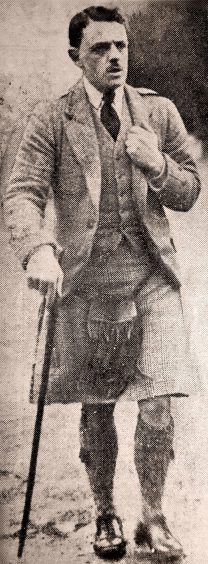
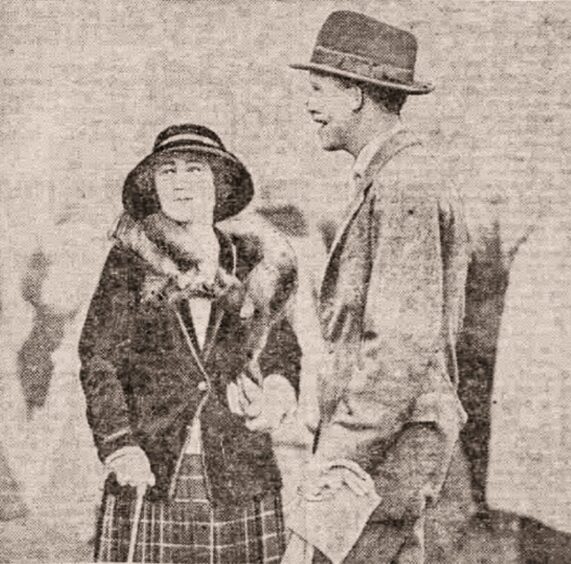
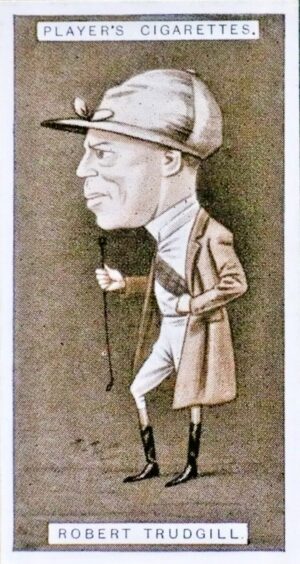
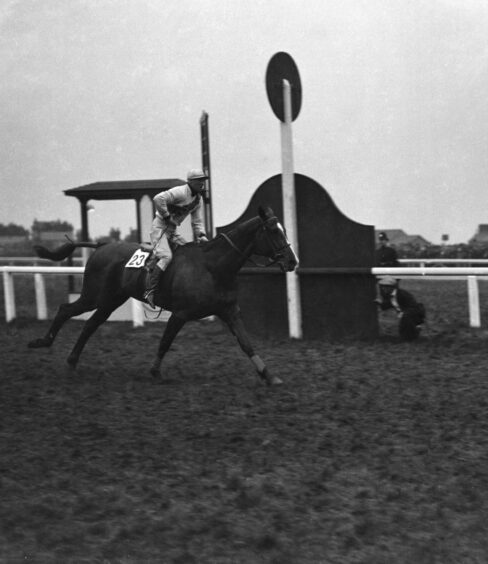
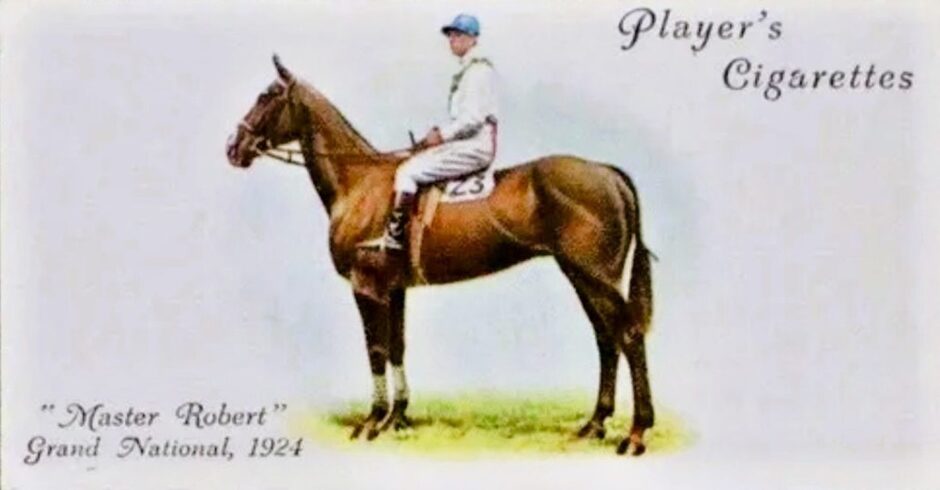


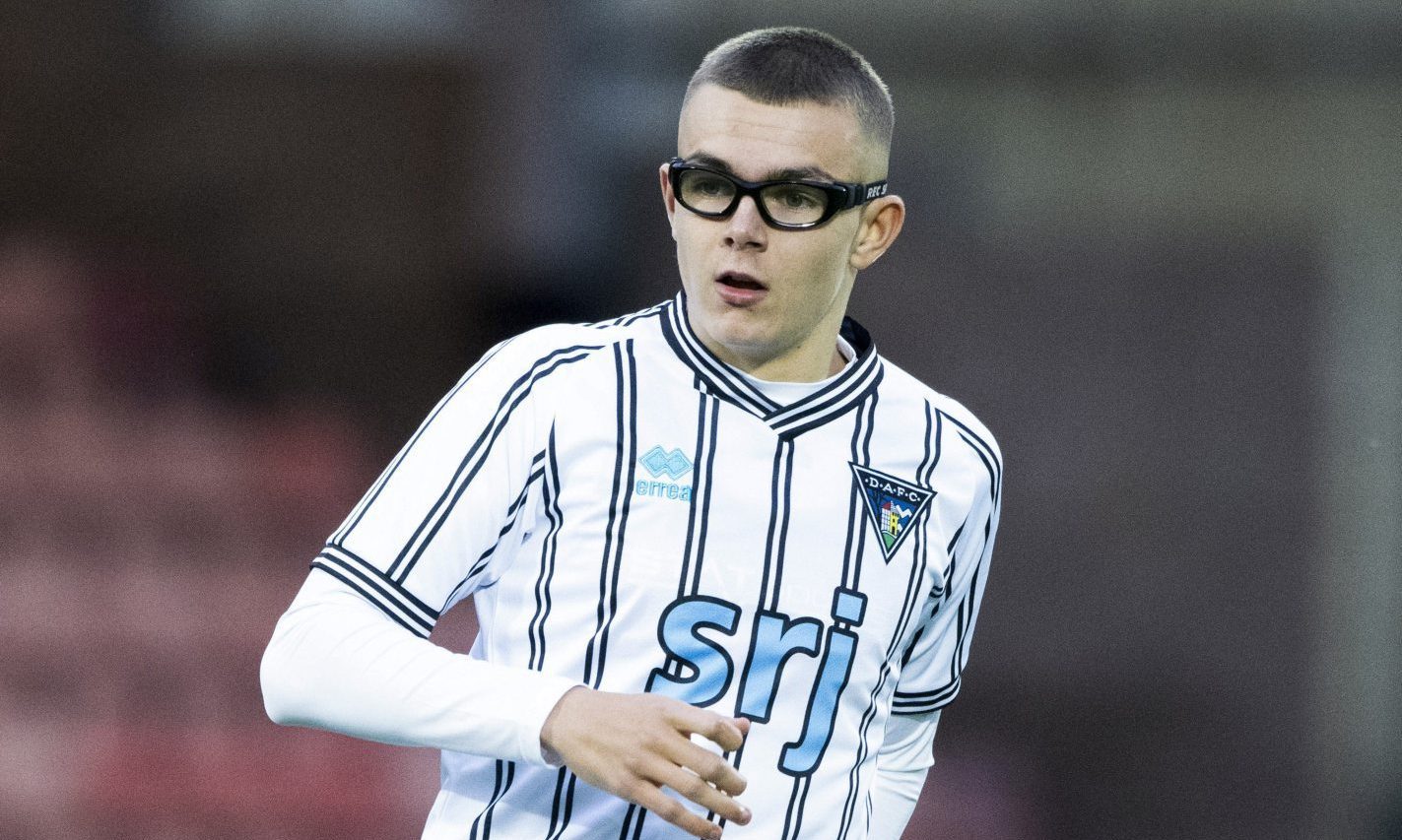
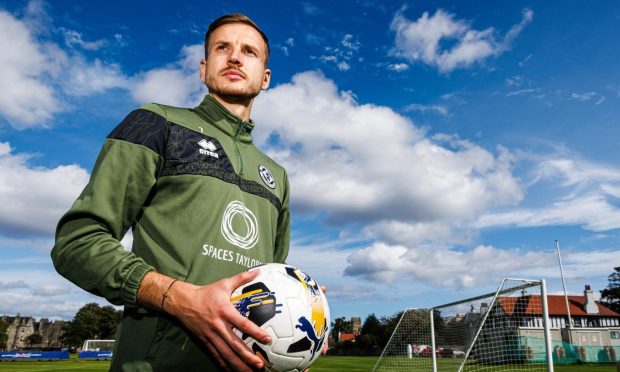



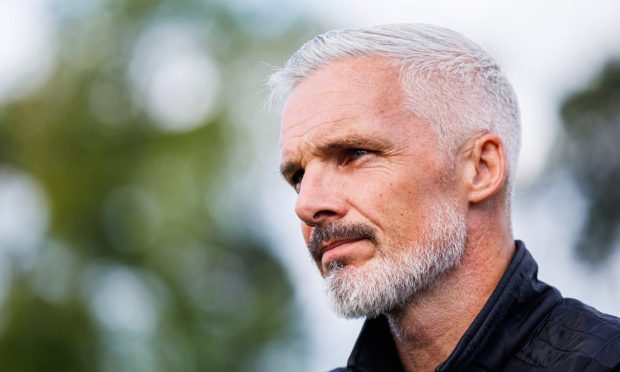


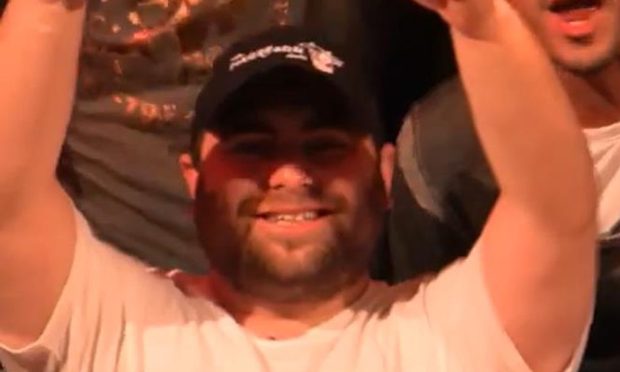
Conversation